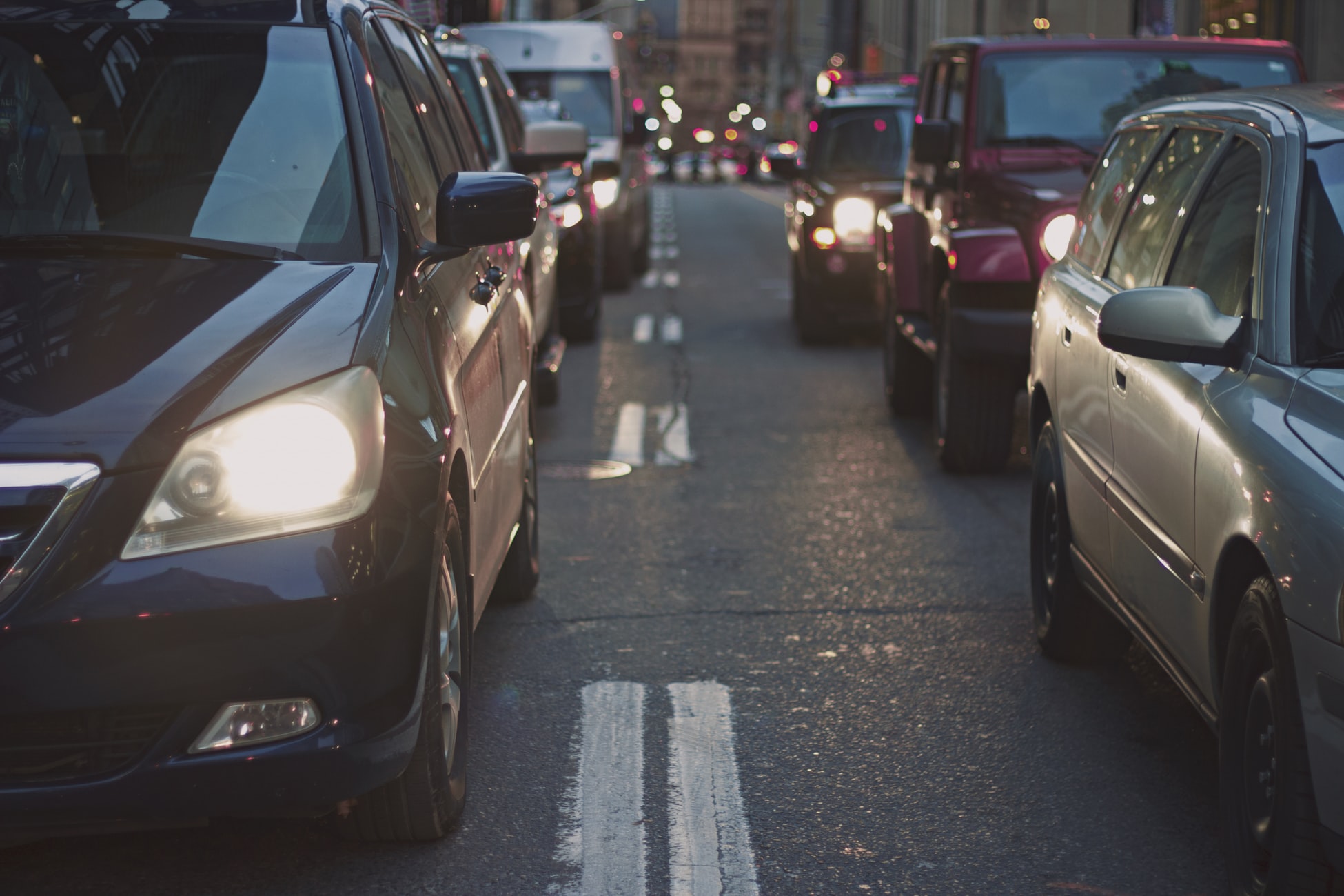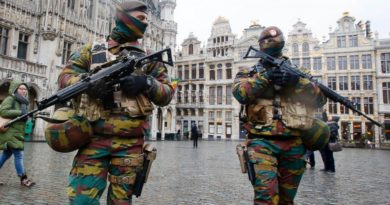“The lack of integrated transport vision harms commuters in Brussels”, study concludes

“The regional and national authorities are planning and carrying out various mobility projects in the Brussels metropolitan area. However, in the absence of an integrated vision, these projects remain difficult to achieve and may not meet the challenges ahead.” This is one of the conclusions of a study which examined commuter habits between Brussels and its periphery conducted by Matthieu Strale, a professor of geography at the Free University of Brussels (ULB), which was published on Monday by Brussels Studies.
To conduct his research, Professor Strale compiled data provided by Google Maps to accurately map travel times around Brussels to reach the Gare du Midi, Gare du Nord and Arts-Loi stations by car and by public transport.
Four zones
The results obtained made it possible to divide the Brussels periphery into four distinct “zones”. The first is the nearby “car suburbs”, where just under 700,000 people live, 100,000 of whom are employed in the Brussels-Capital Region. This zone has a very low use of public transport. Car use is high and the impact of congestion is relatively limited compared to the regional average, as commuters from this area do not use congested major roads. Municipalities such as Overijse, Rhode-Saint-Genèse, Grimbergen and Dilbeek are part of this area.
The second zone is the “well-connected periphery”. This has a little less than one million inhabitants and 40,000 employed commuters. It is linked by rail lines and motorways linking Brussels to other Belgian cities. Rail use is high and the impact of congestion is greater than the average on the periphery, with motorists using major roads. The cities of Nivelles, Ottignies, Aalst, Mechelen, Tienen, and the centre of Ath are included in this area.
The third zone is the “remote automotive periphery”. This has about 500,000 inhabitants, 55,000 of whom are employed in the Brussels-Capital Region. This area is sparsely populated and has limited public transport access. The impact of congestion is relatively small and car use is high. In this zone, we mostly find the municipalities of Walloon Brabant not connected to the Belgian railway, mainly in the east of the province.
The fourth and final zone is the “remote periphery”, which is poorly connected. It has about 400,000 inhabitants and 40,000 commuting employees. Both road and public transport accessibility is relatively poor. The Dendre valley and the rural areas around Ath are located in this zone.
The study recommends that different policies should be implemented to respond to the specific circumstances of each of these zones. Thus, at the level of the immediate periphery, the challenge is undoubtedly to implement solutions for relatively short journeys with a better integration of Stib, De Lijn and Tec services, or even to extend Stib’s lines outside of Brussels.
In the second zone (the “well-connected periphery”), the aim would rather be to further strengthen the use of trains and discourage car use, including for short journeys to stations.
For less well connected areas, the study recommends faster and more regular bus lines to main stations for areas where there is sufficient demand, or increasing parking access at these same stations, calibrated to accommodate commuters from rural areas, in order to reduce car journeys to the capital as much as possible.
“Of course, these measures should be accompanied by policies relating to spatial planning, road infrastructure, the organisation and location of services, and car taxation, since supply is not a sufficient factor to induce a shift in transportation habits,” the study says.



